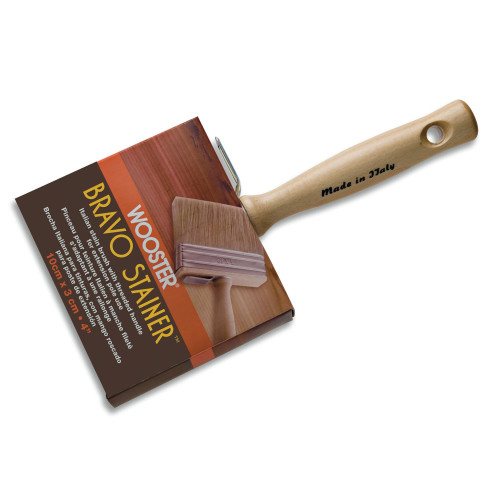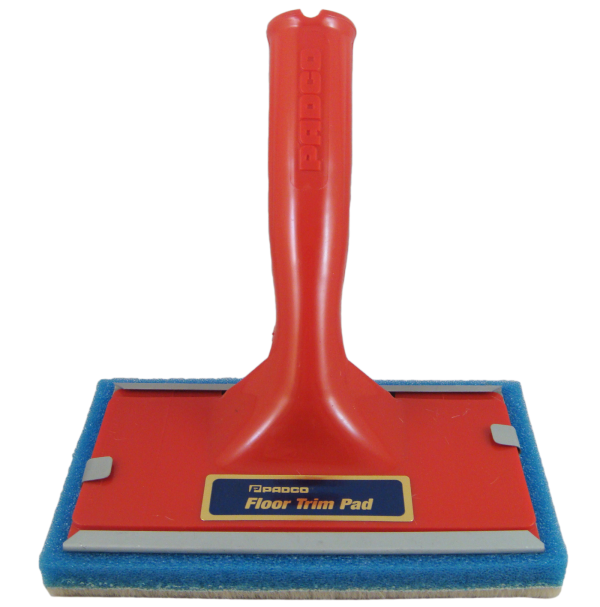By now, we’ve all heard about Paint and Primer All-In-One products. We’ve seen commercials, we’ve heard the promises. And we know that using a two-in-one product is going to save us almost miraculous amounts of time, right? Well….
Brilliant Marketing
To start with, let’s clear something up right away. Paint and Primer All-In-One products aren’t new. The labeling is. The name is. But in all actuality, all high quality, 100% acrylic paints will function as paint and primer all-in-one. There is no inherent difference between a product labeled as a paint and primer all-in-one and a high quality acrylic paint. It is really just a brilliant marketing gimmick revolving around the concept that we all like to save time and skip steps!
RepcoLite carries any number of products like this even though we don’t label them as such. Our Hallmark Ceramic Paints and Carefree Interior Paints are all paint and primer in one products. Benjamin Moore’s Aura, Regal, Natura, and Ben also fall in to this category.
So, in actuality, paint and primer all-in-one products aren’t as “cutting edge” as we may have been lead to believe by the smart tv ads! But are they still great time saving products?
Can We Really Skip the Primer Step?
Yes and no. As we mentioned in the previous post primers are different from paints. Paints are different from primers. When the two are combined into a single product, compromises have to be made. Drywall, for example, is porous and needs to be sealed. Just rolling a finish paint on, especially a finish paint that has a sheen, can result in an uneven finish. The paint is absorbed at different rates into the drywall. In the areas where it lays up on the surface, it will look shinier. In the areas where it penetrates deeply, it will look flatter. Subsequent coats can mask this problem, but not always eliminate it. A drywall primer however is made to seal and provide a uniform surface for your finish paint. And, on top of that, it’s about $15 cheaper a gallon! Why spend all that extra money for lesser results?
Or, if you want to paint a tile backsplash, a paint and primer in one product is likely going to peel right off. You need to use a special bonding primer that is designed to adhere to smooth, glossy surfaces.
Or, let’s say you stripped wallpaper off your walls and want to paint. The paste residue that is often left behind is water soluble. A regular waterbased paint and primer all-in-one will react with this and will result in a texturing problem on your walls. Use an oil-based primer (Benjamin Moore’s Fresh Start Multipurpose Oil Primer or RepcoLite’s ProFlo Primer) and you’ll seal that paste in and you’ll have no problems. (For more information and painting a wall that previously had wallpaper, check out our blog post!)
Bottom line, there are many situations that we run into on almost every painting project where a separate primer and finish paint are going to give you better results than just using a primer and paint in one.
When Can I Use a Paint and Primer All-In-One?
There are certain situations where a paint and primer in one product makes sense:
- New Coat of Paint (same color)
- Drastic Color Change
- Small Repairs
Putting another coat of paint on a wall? Primer isn’t usually needed, so the paint and primer in one products work well. Switching colors? A paint and primer in one will offer better hiding than a cheap paint, so that’s an option. Patched a small area of your wall and you don’t want to buy a separate quart of primer? OK, paint and primer in one makes sense. And there are a number of other situations where paint and primer in one would make sense.
However, remember what we said earlier: Paint and Primer All-In-One products are technically no different from a high quality acrylic latex paint. So, in any of the above situations, do you need to seek out a specific Paint and Primer All-In-One? Absolutely not! If you’ve already got paint, and it’s a high quality acrylic, it’s perfect!
What Do the Professionals Choose?
Professional contractors make their money and build their reputation based on the speed of their projects and the quality of their work. And by an overwhelming margin, they choose to use a separate paint and primer. They know that they will get reliable and consistent results with a separate paint and primer. And they know they’ll get those results at a better price than using the “miracle” paint and primer all-in-one products!
So, why use a lesser system that costs more money when you could use the system the pros consistently choose?





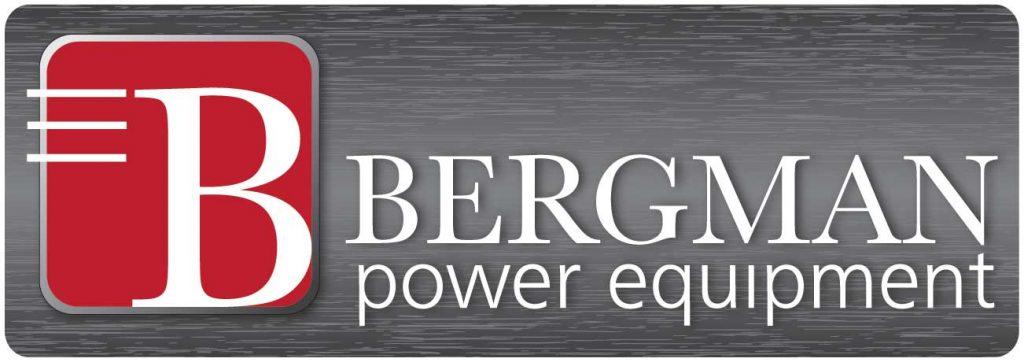


 Mosquitoes are a giant pain in the neck! You just get your deck looking great and find that you can't even be out on it for more than 10 minutes at a time. And all of that time is spent running in circles, waving your arms, and trying to present them with a moving target.
Mosquitoes are a giant pain in the neck! You just get your deck looking great and find that you can't even be out on it for more than 10 minutes at a time. And all of that time is spent running in circles, waving your arms, and trying to present them with a moving target. It's Spring and that means we're going to be working on our lawns soon enough. Is your lawn equipment ready? What do you need to do to make sure it's ready to go for the season?
We sit down with Brian Stacey from
It's Spring and that means we're going to be working on our lawns soon enough. Is your lawn equipment ready? What do you need to do to make sure it's ready to go for the season?
We sit down with Brian Stacey from 
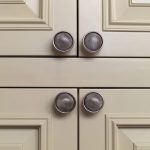
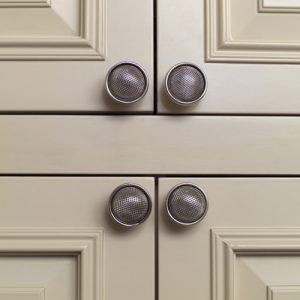 Did you know that the average cost of remodeling your kitchen is right around $20,000? Yes, $20,000. That’s a significant amount of money. So significant, in fact, that it means I won’t be doing any kitchen remodeling anytime soon. Sure, I’d like new cabinets or a new backsplash or a new floor, but we’re just too attached to having things like groceries and running water. And I don’t think we’re alone. A lot of people like groceries and running water. And yet, many of those same people also wish they had a better kitchen.
Did you know that the average cost of remodeling your kitchen is right around $20,000? Yes, $20,000. That’s a significant amount of money. So significant, in fact, that it means I won’t be doing any kitchen remodeling anytime soon. Sure, I’d like new cabinets or a new backsplash or a new floor, but we’re just too attached to having things like groceries and running water. And I don’t think we’re alone. A lot of people like groceries and running water. And yet, many of those same people also wish they had a better kitchen.
